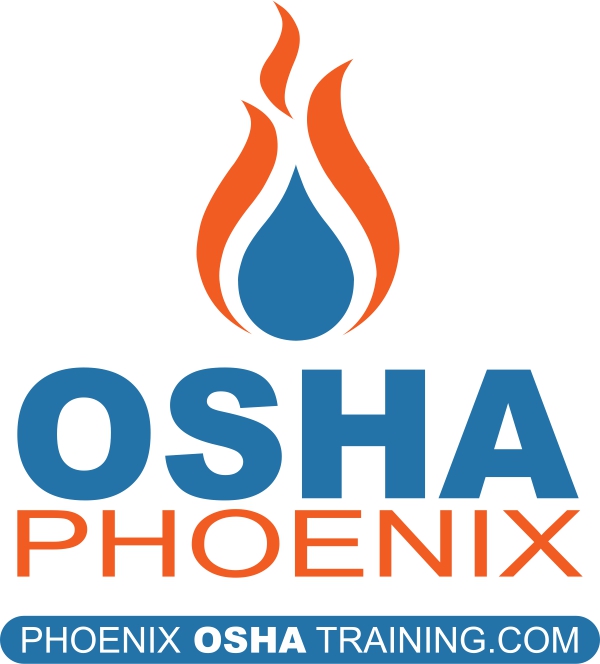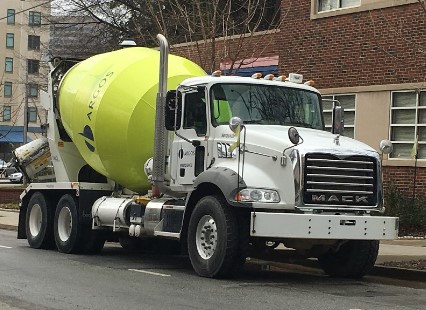Concrete is the backbone of many construction projects, providing strength and durability to structures. Working with concrete involves inherent risks that demand careful attention to safety.
Before stepping onto a construction site, ensure that you are equipped with the right protective gear. This includes a hard hat, safety glasses, gloves, and steel-toed shoes. When working with concrete, workers should wear alkali-resistant gloves, long sleeves and full-length pants, waterproof boots, and eye protection. Concrete dust can also cause respiratory hazards leading to long term issues. Employees should consider wearing an N-95 respirator at a minimum to decrease their chances of exposure to the dust. Adequate ventilation in enclosed spaces is also critical to prevent the accumulation of dust. Without the proper protective equipment you run a risk of causing severe skin burns and eye damage, an allergic skin reaction, serious eye damage, respiratory irritation, cancer ( Dermal, Inhalation), or damage to organs (eyes, lung/respiratory system, skin) through prolonged or repeated exposure (Dermal, Inhalation).
Proper training is essential for anyone working with concrete. Ensure that all team members are well-versed in the correct handling and pouring techniques. Knowledge about potential hazards, emergency procedures, and the proper use of equipment is vital for a safe construction environment. Phoenix OSHA training can provide training to help you maintain a safe working environment.
Working with concrete in construction demands a steadfast commitment to safety. It is important to prioritize protective measures and adequate training.
If you or anyone else you know require training, please refer to our training page at phoenixoshatraining.com/services/
Published by OSHA Phoenix on December 12, 2023



